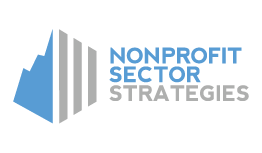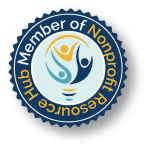(What Board Chairs Can Do to) Maximize Board Effectiveness
Today, nonprofit organizations are under increasing pressure to deliver on its mission with limited resources. It is incumbent therefore that nonprofits look to get the most out of these finite resources.
“Every nonprofit has a valuable asset at its disposal. The asset is its board of directors. Successful nonprofits know how to tap into this asset to assist in maximizing the organization’s mission.”
There are some basic keys that can help any nonprofit increase the return it receives from its board of directors.
The first key is to ensure that there is a positive communication between the board chair and the nonprofit’s executive leader.
The executive director is charged with running the organization and ensuring that the organization is working towards achieving its goals.
The board chair’s role is to support and evaluate the executive director. When things are going well, the board chair’s job is easy. Basically, stay in the background and let the executive director execute. On the other hand, when the organization is being challenged, the board chair should become more involved to ensure that the executive director has, to the extent possible, the resources and plan to ensure goals can be achieved.
“there must be mutual respect and trust between the board chair
and the executive director”
Finally, there must be mutual respect and trust between the board chair and the executive director so that both parties are ultimately pulling in the same direction. An organization that is lacking in this area will fail to maximize on the achievement of its mission.
The second key is to ensure that each board member understands their role in relation to the organization’s mission
This key is easy to define but requires effort by all the board and administration. The executive director executes the mission’s plan and the board monitors the mission’s execution of the plan.
“The role of a board member is to be informed and ask questions”
The role of a board member is to be informed and ask questions; It is incumbent for board members to read all reports published by board committees and the administration so that appropriate monitoring of the mission’s goals can be accomplished.
The role of the executive director is to understand what the board has established as goals and manage the organization to achieve those goal. This requires that the executive director has answers for the board’s questions.
An effective method that many boards adopt to ensure that all parties understand their role is to incorporate a board member “contract”. المراهنات الرياضية While the contract is not legally binding (and should contain wording to that effect), it does identify what is expected of the board member and what the board member can expect from the organization.
In summary, the key to maximizing board effectiveness comes down to teamwork:
- Effective communication
- Everyone knows their role







